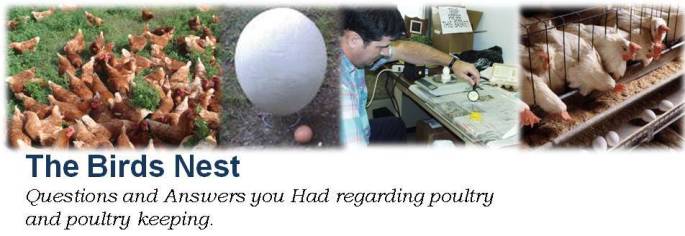Keeping fresh eggs safe at home
 |
| Source: Wikipedia |
I do from time to time scan other sites regarding the home flock. One of the biggest debates is whether to wash eggs at home or not. The USDA does not recommend washing eggs at home because they make the assumption that US consumers are buying eggs from grocery stores that sell farm washed eggs. Eggs washed once should not have to be washed again. But, what about local farm eggs? Eggs do have natural defenses against bacterial intrusion, but that is only for a short period of time. Heavy soiling of eggs can contribute to bacterial contamination, and this is why washing is done. Sanding eggs to remove dried manure and urates actually breaks down the outer bloom of the egg and could lead to contamination. Improper washing can also lead to contamination of eggs through thermal checking and osmotic pressures. So, if you have to wash eggs, be sure that the room temperature eggs are washed quickly in soapy water that is 10 degrees hotter than the egg temperature. Rinse water should be 10 degrees hotter than the wash water. Short durations in each bath should do the trick without a drop in egg quality. Use a cool blow drier to remove any excess rinse water.
In any case, eggs should always be refrigerated. Refrigeration is the best method for keeping any bacteria from growing too fast. If you eat home raised eggs on a regular basis you should do so to keep the supply in the refrigerator fresh. The lowest portion of the refrigerator is the coldest, so store eggs there in a covered egg carton or bowl for protection from food spills and bumping.
More info at:
USDA Food Safety - Eggs




